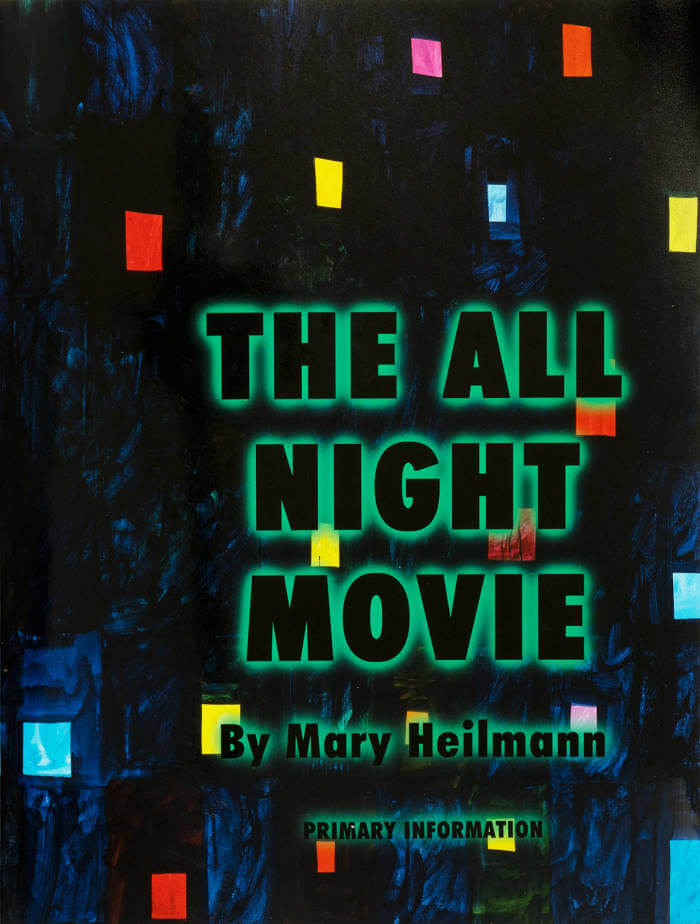
Short Term Eternity
Anu Vahtra, Gordon Matta-Clark
"Short Term Eternity" brings together two artists – Gordon Matta-Clark (1943–1978, USA) and Anu Vahtra (1982, Estonia) – whose practices are related to each other in many ways, even if they are born in different times and locations. The aim of the book is not just to compare their work, but to describe the circling of ideas and strategies in the art world from a non-hierarchical perspective.
The book is published on the occasion of "Gordon Matta-Clark: Anarchitect. Anu Vahtra: Completion through removal", an exhibition in the Kumu Art Museum in Tallinn, February 22 – June 8, 2019, organised in cooperation between the Bronx Museum of the Arts and the Kumu Art Museum, curated by Sergio Bessa, Jessamyn Fiore, and Anu Allas.
As a contrast to the large-scale installations in both Matta-Clark’s and Vahtra’s practice, the book is small in size. The content is printed on thin paper and is divided into three parts. It starts with Completion through removal, a series of photographs by Anu Vahtra showing the spatial intervention realised in the Great Hall in Kumu and ends with the illustrated script of Vahtra’s performance piece Open House Closing. A Walk. The middle section of the book includes three thoroughly illustrated essays, where the images are printed overleaf from the text and are only visible through the page in a gap in the text at their intended location. These gaps or cuts in the text refer to the empty space, characteristic for the practices of both Matta-Clark and Vahtra.
Language: English






